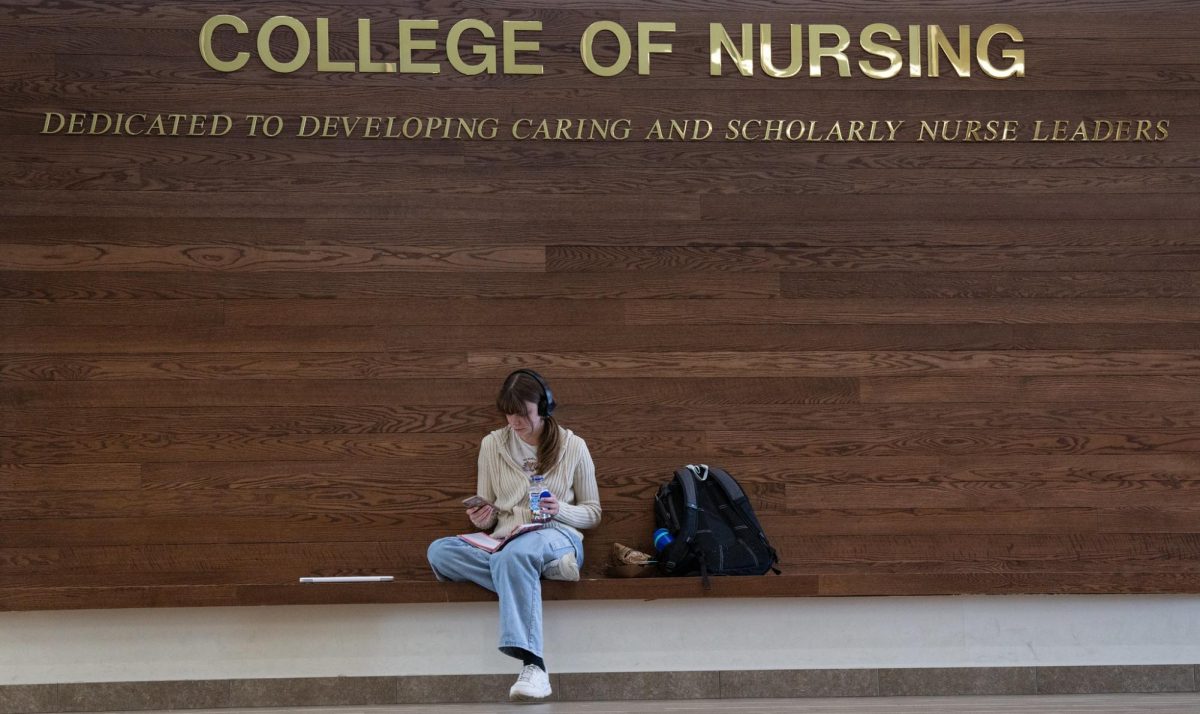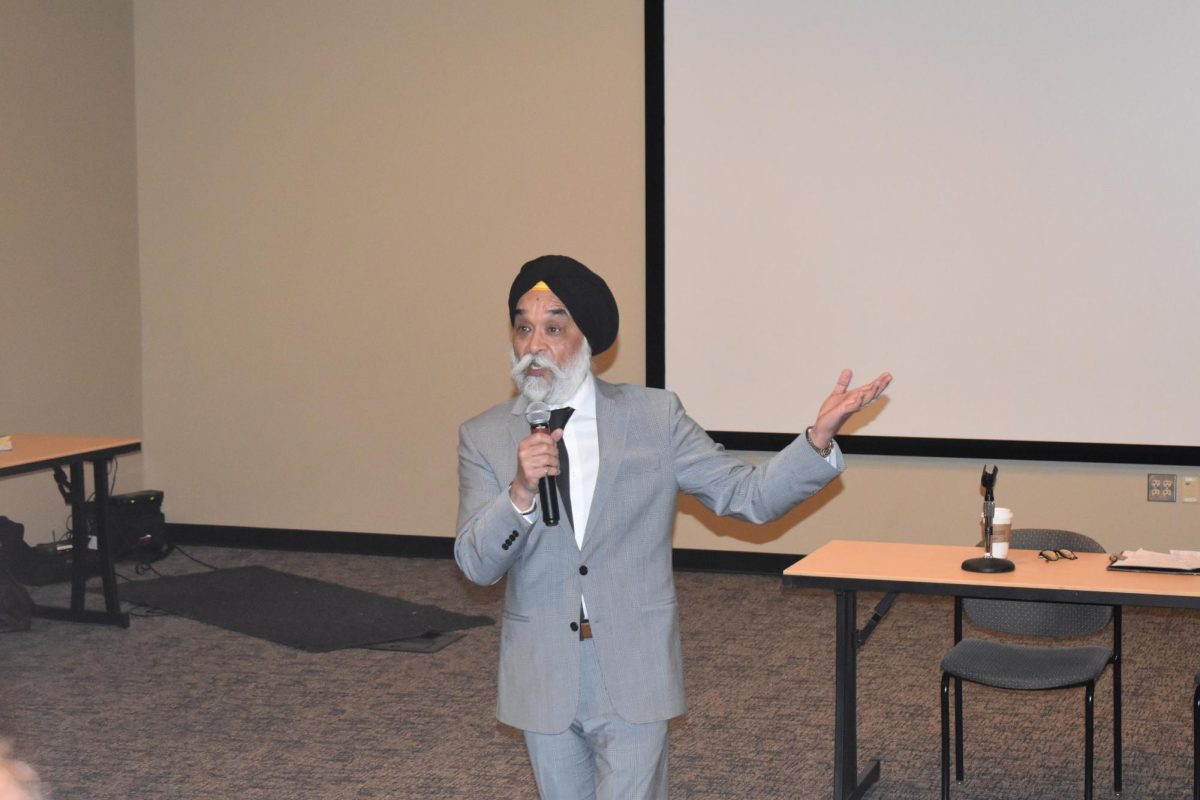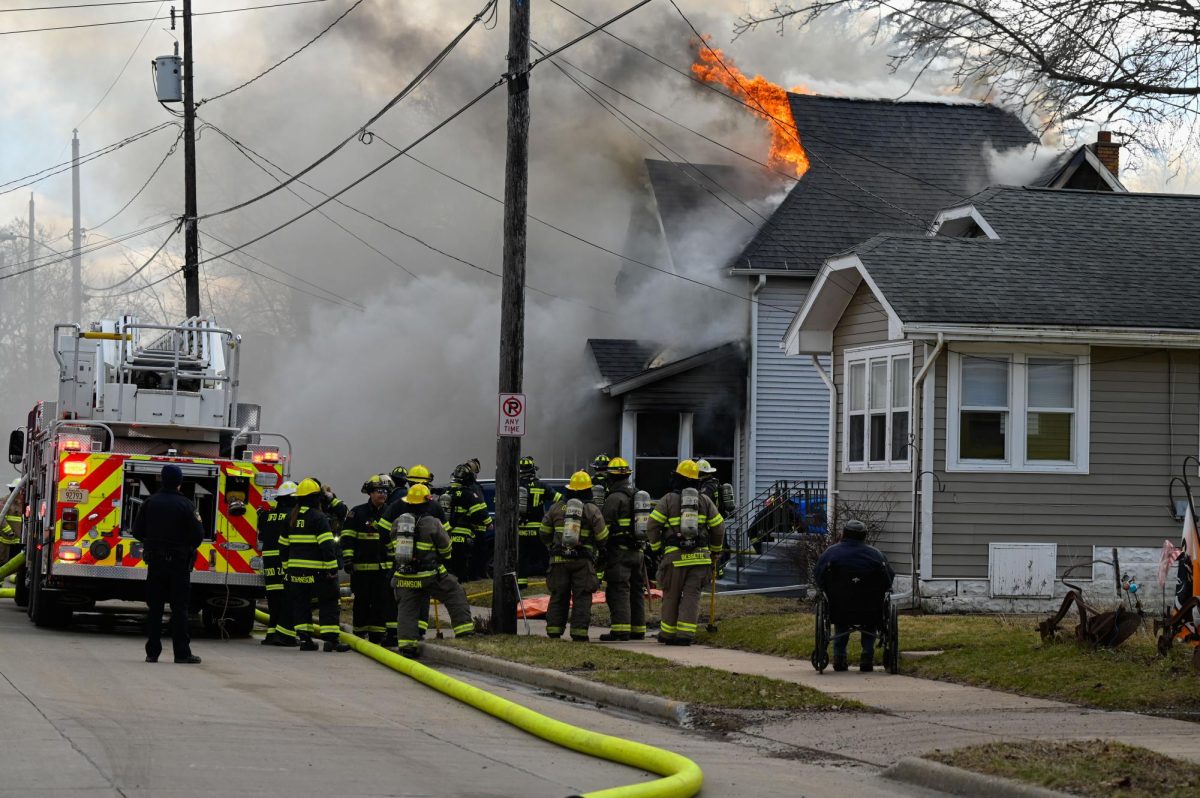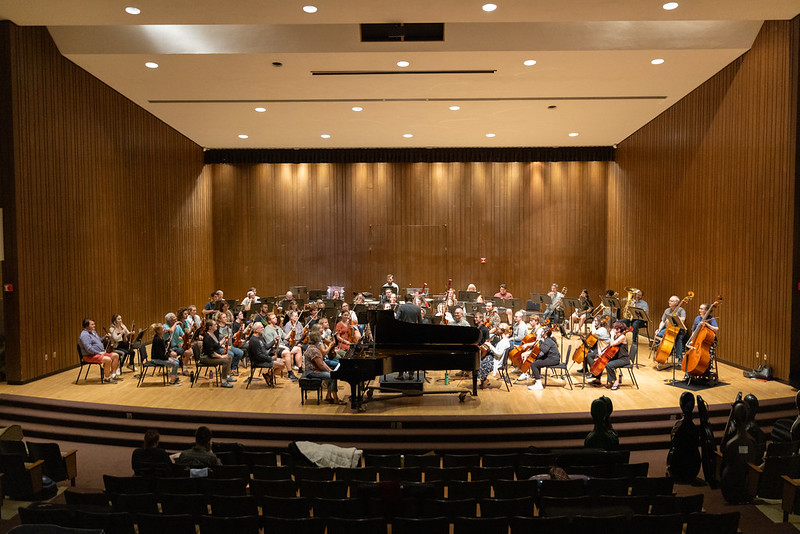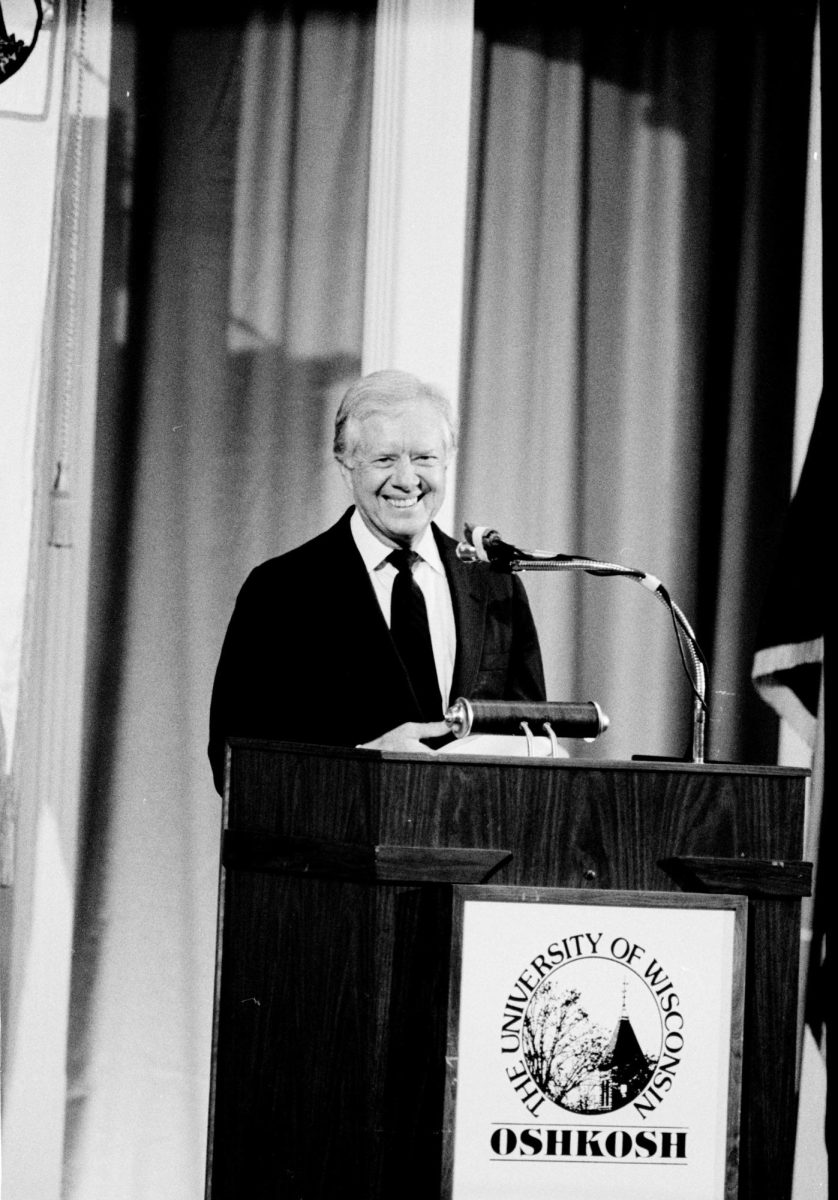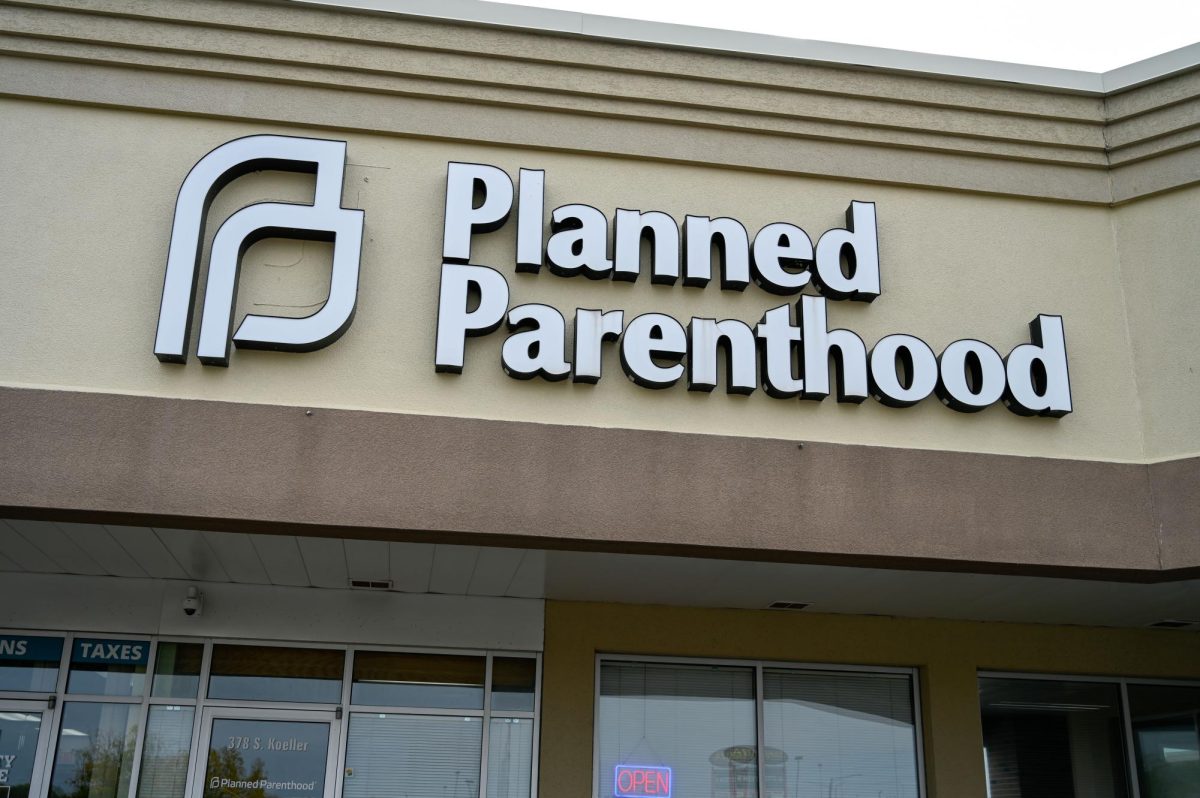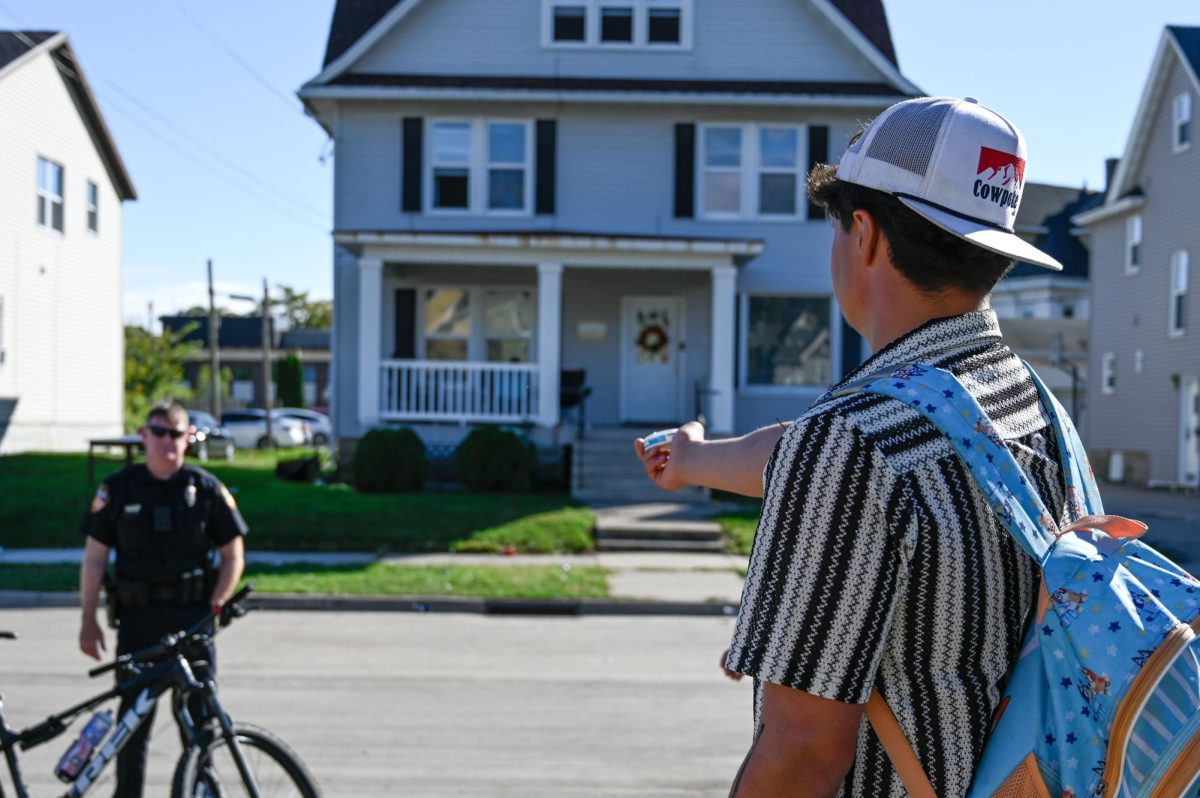The UW Oshkosh faculty voted in support of Model A of the academic restructuring plan, which aims to better allocate university resources and disciplines, Provost Edwin Martini announced in an April 19 email.
Martini stated in February the university’s plan to restructure the current academic model by January 2025 with one of two options.
The two options, called Model A and Model B, are expected to save UWO $1.75 and $1.5 million a year, respectively.
Additionally, the university’s four colleges — the College of Business, the College of Education and Human Services, the College of Letters and Science and the College of Nursing — would be reduced to three.
Model A includes the College of Business, Media and Communication; the College of Culture, Society and Education and the College of Nursing, Health Professions and STEM.
The six schools included in the plan are Business; Culture and Society; STEM; Media, Communication and Arts; Education and Nursing and Health Professions.
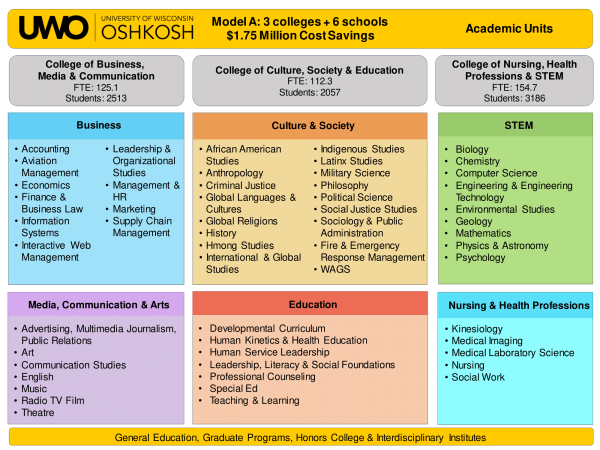
The colleges included in Model B are the College of Business, Science and Technology; the College of Culture, Society and Education and the College of Nursing and Health Professions.
The eight schools in this model include Business; Culture and Society; Public Administration and Sustainability; STEM; Education; Media, Communication and Arts; Health Professions and Nursing.
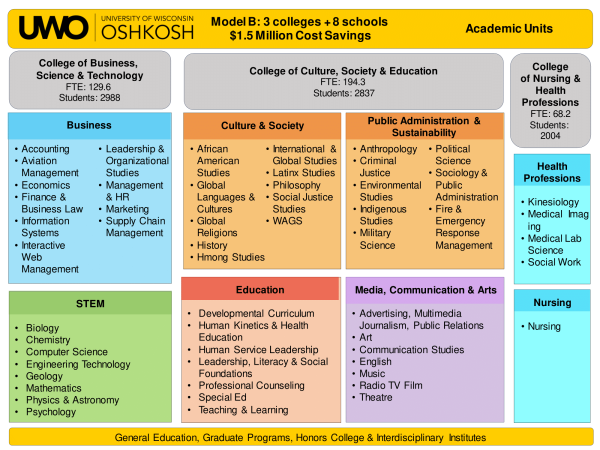
Martini said in his announcement that Model A aims to “build an academy around student-centered career pathways and nationally recognized career clusters aligning UWO with career planning processes used in K-12 systems.”
Martini also highlighted some of the model’s benefits.
“The model was also designed to preserve disciplinary integrity within an interdisciplinary framework,” he said. “And the model contributes significantly to eliminating our structural deficit by significantly reducing administrative and instructional costs.”
These cost reductions will help the university eliminate its $18 million deficit potentially by next fiscal year, Martini said.
Faculty Senate President Pascale Manning said in an email that of the 251 votes cast in the referendum, Model A received 123 votes, Model B received 62 votes and Neither received 66 votes. This eliminated Model B.
Model A then won in the second round with 164 votes.
This shift in academic structure comes after UWO laid off more than 200 staff in October and gutted university programs in an effort to curb its $18 million deficit. But Martini said restructuring is still necessary.
“More work still needs to be done to close our structural deficit and to highlight distinctive features of our programs and university,” he said. “Continuing with restructuring, stabilizing our enrollment and improving retention will allow us to eliminate our structural deficit by the end of fiscal year 2025 and put us in an excellent position for targeted growth and strategic investment.”
The university plans on hosting open forums before the final model is voted on next month and implemented next year.


